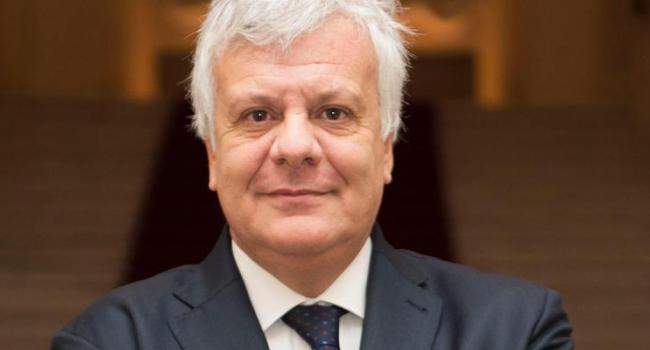Italy: Report outlines ways to scale-up green finance
Italy faces a strategic opportunity to harness its financial system for sustainable development, according to Financing the Future, a new report released on Monday February 6, 2017 by Italy’s Ministry of Environment, Land and Sea (MATTM) and UN Environment.
The report is the result of a year-long national dialogue on greening Italy’s financial system, which received inputs from over 100 experts from banks, capital markets, insurers, investors, corporations, financial regulators, academics and civil society.
Italy’s Minister of the Environment Gian Luca Galletti said: “Strengthening the environmental dimension of finance is essential to deliver our goals for sustainable development and climate change. This report sets out a practical set of proposals to align risks and returns with the sustainability imperative.”
UN Environment Executive Director Erik Solheim said: “With this dialogue, Italy is demonstrating real international leadership. We see more and more countries taking a systematic approach to financing sustainable development – and this report will be of immense value both within Italy and beyond.”
The Financing the Future report comes at a time of growing international momentum to mobilize private capital for sustainable development. In 2016, G20 heads of state for the first time recognized the need to ‘scale up green finance’. The issuance of green bonds in 2016 rose to US$81 billion, almost double 2015 levels. Financial centres such as London and Paris set out their plans to seize the green finance opportunity. The European Commission has just launched a new process to develop a strategy to anchor sustainability in its financial regulations and policymaking.
This momentum is also at work in Italy, with a growing share of institutional investor assets incorporating environmental, social and governance factors. However, a range of barriers are preventing these and other promising developments from having a systematic impact. The report closes with a set of 18 options to scale up flows of green finance and improve risk management, including:
Use the opportunity of the Green Act, which is currently under discussion, to structure a national sustainable finance strategy.
Identify innovative mechanisms to increase access to green finance for small and medium enterprises.
Design new financial instruments to improve the energy efficiency of residential, commercial and public buildings.
Establish a national green bond development committee to expand the market.
Form a consortium of financial institutions, academics and public authorities to pilot environmental stress testing models.
Looking ahead, a National Observatory on Sustainable Finance is under consideration to continue the work started by the Dialogue.
Italy will also make green finance a theme of its G7 programme in 2017, examining the role of financial centres for sustainability and the needs of small and medium enterprises.
MATTM Director General for Sustainable Development, Francesco La Camera, said “This report is not the end of a work, it is only a beginning: we must find a way to develop the options proposed by the report, so encouraging the financial system to shift resources towards sustainable projects and activities”.
Nick Robins, Co-Director of UN Environment’s Financial System Inquiry, said: “Italy’s national dialogue on sustainable finance is a great example of a country taking a strategic perspective on mobilizing capital for a greener economy. Not only has it produced a clear set of options for further action, but it has helped to create a community of practice in the financial sector and beyond that I committed to integrating environmental factors into financial decision-making.”
The report was released at a major event in Rome, co-hosted by Banca d’Italia and the Ministry of Economy and Finance, with speakers including Gian Luca Galletti, Erik Solhleim and Pier Carlo Padoan.




